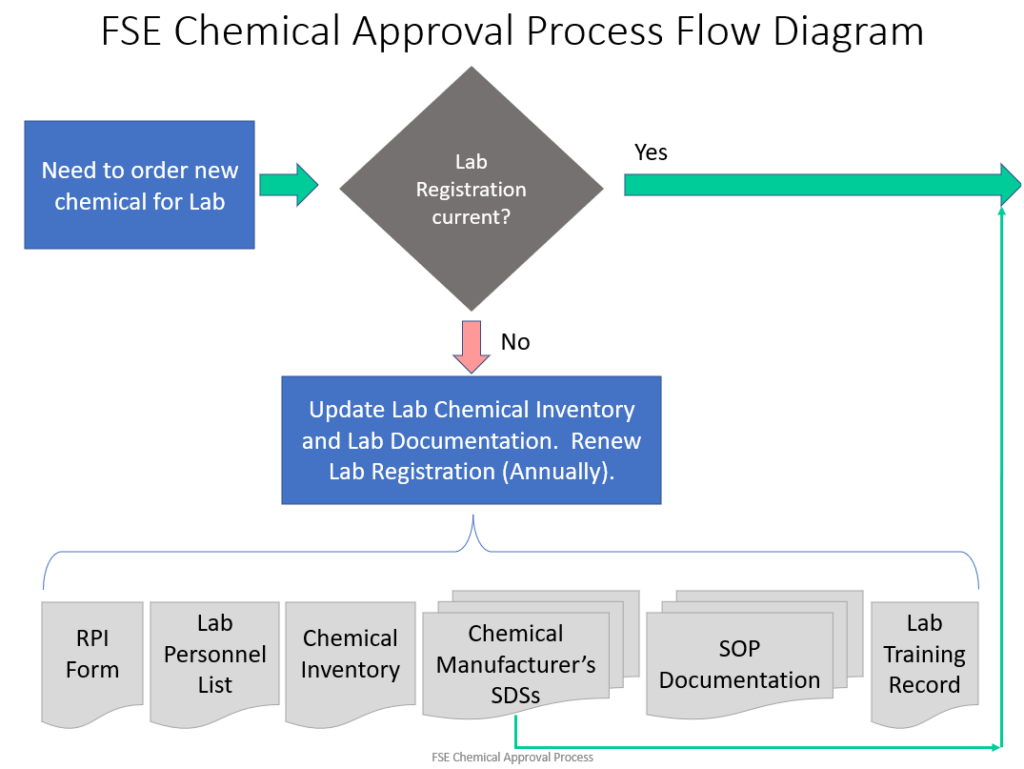Known substances
The following list is a maintained version of most well-known particularly hazardous substances (PHSs) at ASU:
EHS Particularly Hazardous Substances
In addition, the Fulton Schools of Engineering also has separate working policies for the following chemicals.
Pyrophorics (GHS codes H232 & H250)
- NaH
- NaBH4
- LiAlH4
- organo-lithium reagents (butyllithium, tert-butyllithium, and phenyllithium)
- Grignard reagents (R-Mg-Cl & R-Mg-Br)
Potentially fatal by skin contact (GHS code H310):
- hydrofluoric acid
- ammonium fluoride
- ammonium bifluoride
- sodium bifluoride
- potassium bifluoride
- sodium cyanide
- tetramethylammonium hydroxide
- sodium azide
Process review

Any process that uses a PHS or a toxic or flammable gas must follow the Chemical Approval Process before the process can be started and before equipment can be started up.
If a process has received approval before, and a change is made to the process, apparatus, or materials / concentration of materials, then the changes must be reviewed and approved before the process change can be implemented.
How to Receive Approval for a New Chemical, New Process, or for Changes to an Approved Process